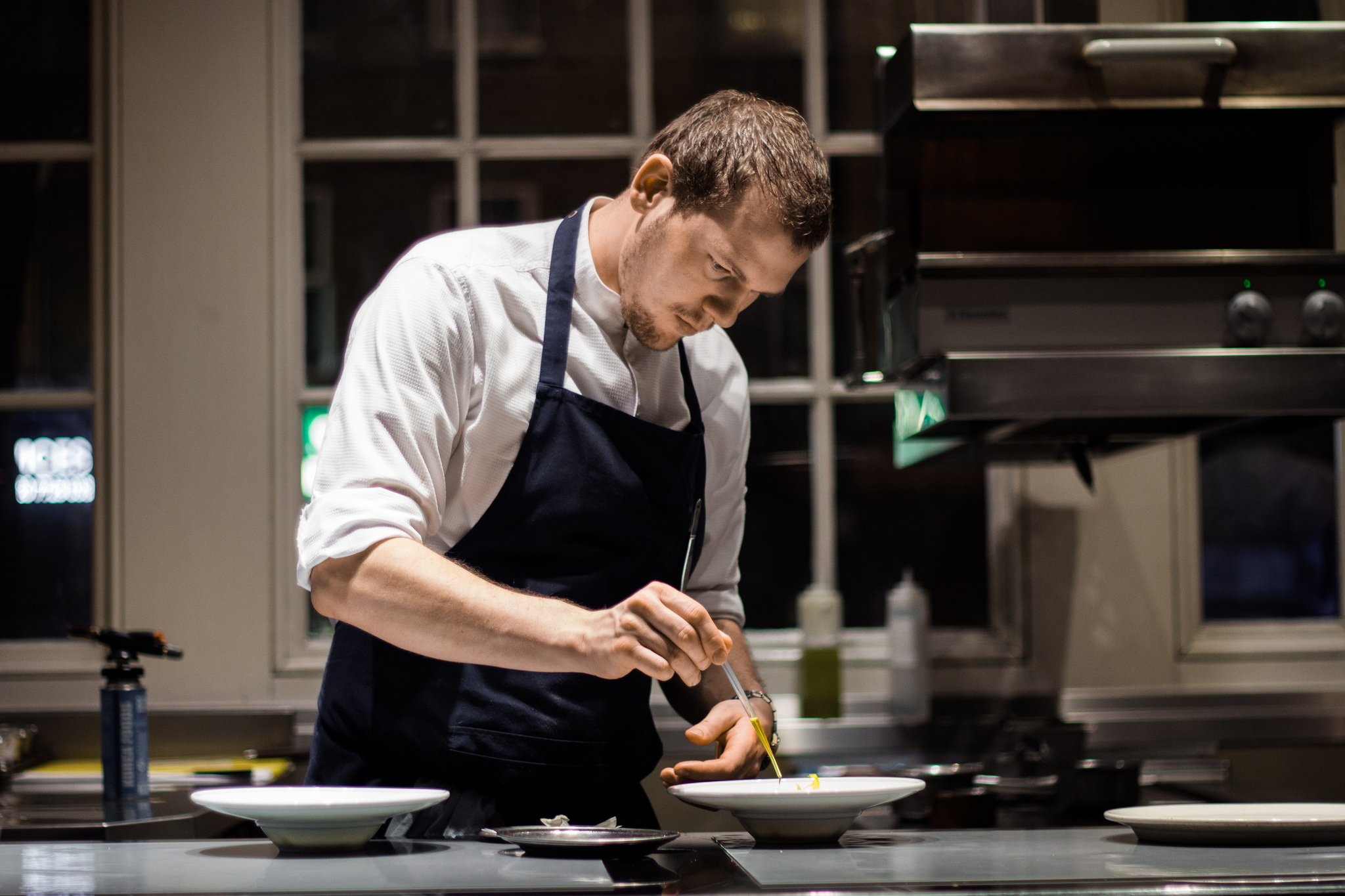One doesn’t have to be a germophobe to understand how daunting the task of keeping a restaurant clean is. Guests having a meal can be exposed to contamination which might occur at any stage in a very long chain, starting from farmers contaminating the food and ending with people enjoying delicacies prepared by unsuspecting chefs.
Experts agree that most foodborne illnesses can be prevented if all those in the chain focus on food safety. Luckily, various breakthroughs, not only in the field of food production, have made it much easier to keep the food as safe as possible. Regardless of whether we’re talking about biological, chemical or physical contamination, we can distinguish five areas to focus on.

Personal Hygiene
Possibly the most critical area, since every action related to food service can potentially contaminate food. The restaurant staff need to be taught the importance of basic hygiene. Needless to say, they need to wash their hands and arms often, especially when switching from dealing with raw to cooked food. Also, if there is a cut anywhere on their skin, it must be covered properly.
Employees are advised to wash their hands for at least twenty seconds using a cleaning compound. After that, they need to use disposable paper towels to avoid direct contact with door and faucet handles. Those unfortunate enough to sustain an injury should wear a plastic or rubber gloves to prevent contact between a bandage and food.
Clean Surfaces
The importance of having perfectly clean surfaces and kitchen utensils can hardly be exaggerated. Food might get stuck in places like counter cracks, between fork tines or elsewhere in the kitchen. Dirty areas and equipment could spread dangerous organisms to both people and food.
One of the most common causes of problems is a situation when raw meat and raw vegetables or fruit are prepared at the same time on the same surface, since that might facilitate cross-contamination and microbial transfer.

Keeping the Equipment Clean
When you think about potential places where bacteria might grow in a kitchen, one of the first ideas is bound to be a meat slicer. It offers so much convenient space for a piece of meat to get stuck in, that the only way to be sure it doesn’t happen is to actually remove some parts and clean them well. Depending on the design of a particular piece of equipment, this activity might be quite time-consuming.
Common Sense
Like in many other segments of our lives, common sense is crucial. Since restaurants and their kitchens contain a lot of food, they are attractive to all sorts of pests. Still, using chemicals to control them isn’t advisable, since such agents might easily contaminate the stored or prepared food.
Another important issue is giving vegetables and fruit a thorough wash before preparing them. That is another critical point, since such untreated water might contain various microorganisms. No wonder almost every exclusive restaurant has a quality UV water sterilizer, which significantly improves the quality of water.

Storing food
Food must be stored at the correct temperature for the appropriate amount of time. Pre-cooked food is particularly dangerous, since once the internal temperature drops, bacteria can grow, which is why it shouldn’t be kept in warming trays for long. Another tip that can be applied at home as well is not to thaw meat on the top shelf in the fridge, since it might drip onto food below. Finally, food mustn’t be cooled in the ice which you’re planning to use in your drink.
As you can see, sanitizing the area and food in restaurants is not an easy task. On the contrary, with so many potential sources of contamination, it’s no wonder every person involved has to undergo training related to food safety. Still, if the rules are obeyed and desired behavior is turned into a routine, the chances of being a source or cause of contamination are minimal. All it takes is common sense, some knowledge and possibly some useful devices at our disposal.

